+919001866697

Refrigration Equipment
Refrigration Equipment
Refrigeration Equipment refers to devices and systems used to cool or freeze substances, typically by removing heat from a confined space or substance to lower its temperature. This process is essential in various industries and applications, including food preservation, HVAC systems, medical storage, and industrial processes.

Ice Cream Display Counter
-
Color Silver
-
Condition new
-
Material Stainless Steel
Design and Aesthetics: The design of Ice Cream Display Counters often focuses on aesthetics to complement the decor of ice cream parlors, cafes, or other food service establishments. They may feature attractive finishes, curved glass panels, or customizable branding options.
Product Features
Refrigeration System: Similar to other refrigeration equipment, ice cream display counters have a compressor, condenser, expansion valve, and evaporator. These components work together to circulate refrigerant and maintain the internal temperature necessary for keeping ice cream frozen.
Display Area: The main feature of an ice cream display counter is the open or glass-fronted display area where ice cream tubs or containers are prominently showcased. This allows customers to see the variety of flavors available and choose their preferences easily.

Pizza Makeline
-
Color Silver
-
Condition new
-
Material Stainless Steel
Product Features
A pizza makeline, also known as a pizza preparation table or pizza prep table, is a specialized piece of equipment commonly found in pizzerias, restaurants, and food service establishments where pizzas are prepared and served. It combines refrigerated storage for pizza ingredients with a workspace for assembling pizzas, making it efficient for pizza chefs to create pizzas quickly and with ease. Here are the key components and features of a typical pizza makeline:
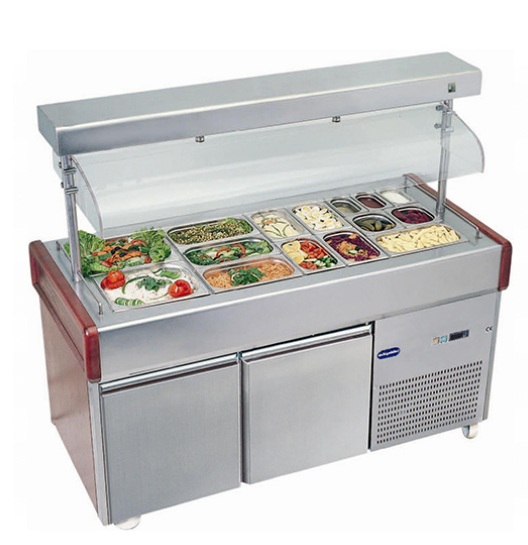
Salad Bar
-
Salad dressings and vinaigrettes
-
Nuts, seeds, and dried fruits
Product Features
A Salad Bar is a self-service station commonly found in restaurants, cafeterias, and buffets where customers can create their own salads from a variety of fresh ingredients. It typically consists of a long counter or table equipped with chilled compartments and containers holding a wide selection of salad ingredients. Here are the key components and features of a typical salad bar:
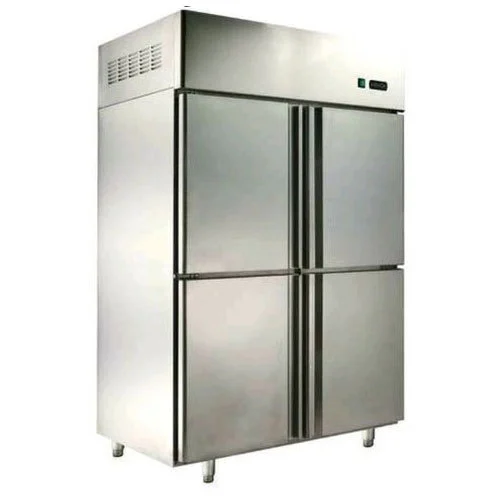
Vertical Refrigerator
-
Color Silver
-
Condition new
-
Material Stainless Steel
Product Features
A vertical refrigerator, also known as an upright refrigerator, is a type of refrigeration equipment that stands upright and typically has a single door or double doors that open vertically. These refrigerators are commonly used in both commercial and residential settings for storing food and beverages at refrigerated temperatures.

Vertical Freezer
-
Condition new
-
Color Silver
-
Material Stainless Steel
Product Features
A vertical freezer, also known as an upright freezer, is a type of freezer that stands upright and typically has a single door or double doors that open vertically. Similar to vertical refrigerators, these freezers are widely used in both commercial and residential settings for storing frozen food items at sub-zero temperatures.

Water Cooler
-
Usage/Application commercial
-
Color Silver
-
Condition new
-
Material Stainless Steel
Product Features
A water cooler is a device used to dispense drinking water, typically in a workplace, public space, or home. It provides a convenient way for people to access clean and chilled (or sometimes hot) water. Here are the key features and components of a typical water cooler:
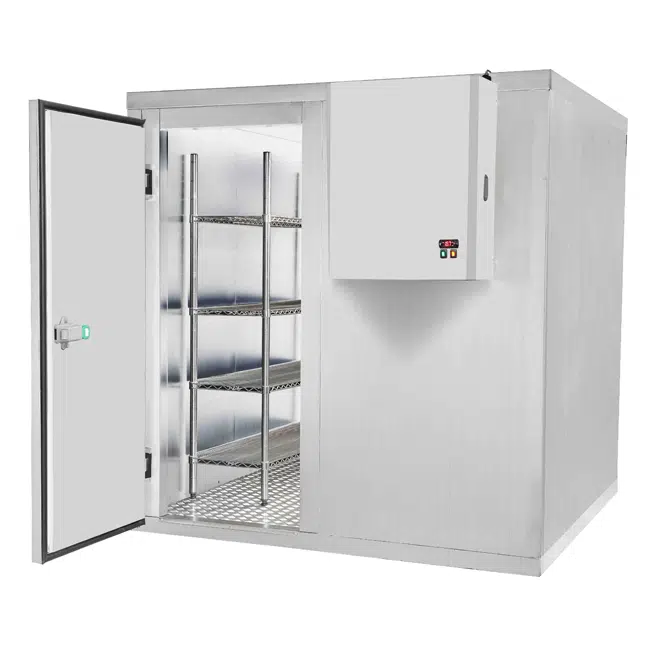
Cold Room
-
Color Silver
-
Condition new
-
Material Stainless Steel
Product Features
A cold room, also known as a walk-in cooler or walk-in refrigerator, is a large refrigerated storage space used to store perishable goods at controlled temperatures. Cold rooms are commonly found in commercial settings such as restaurants, hotels, supermarkets, food processing facilities, and pharmaceutical storage areas. Here are the key features and components of a typical cold room:
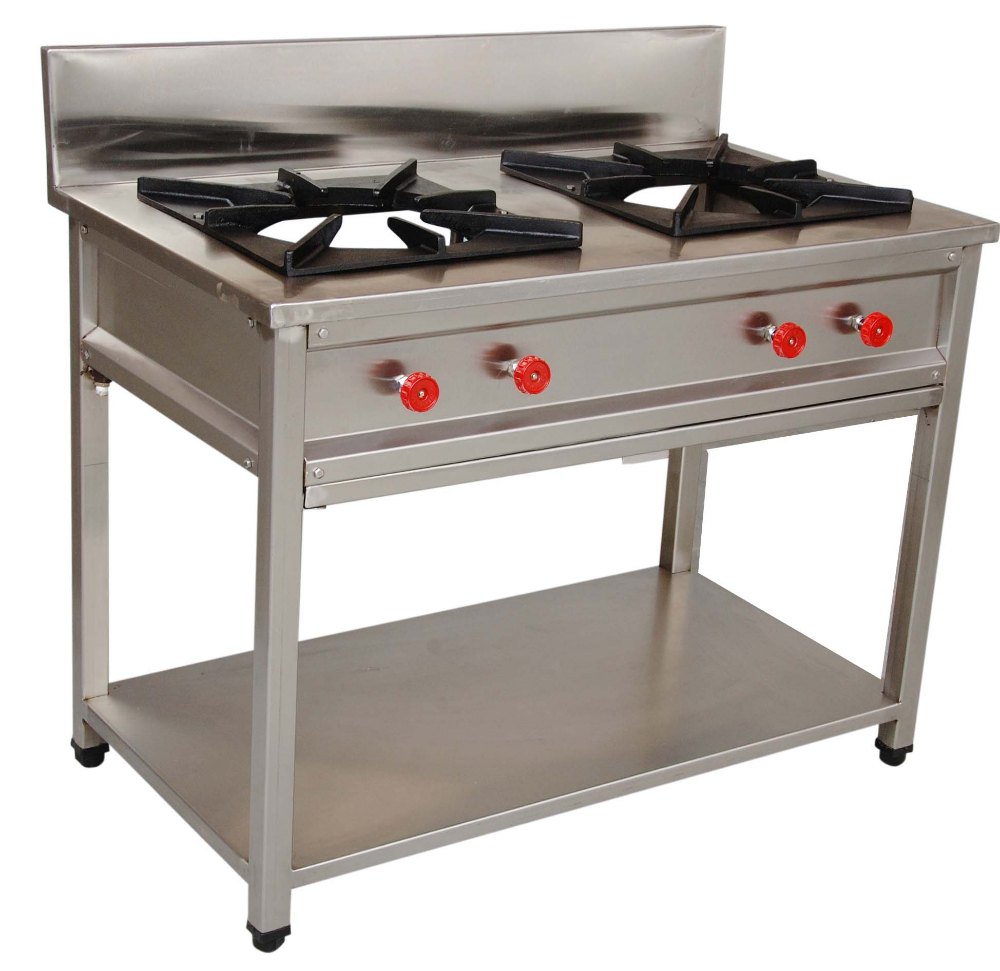
Two Burner
-
Condition new
-
Color Silver
-
Material Stainless Steel
Product Features
A Two Burner typically refers to a cooking appliance that has two separate heating elements or burners, usually used for cooking on a stovetop. Here's a breakdown of what a two-burner stove is like:
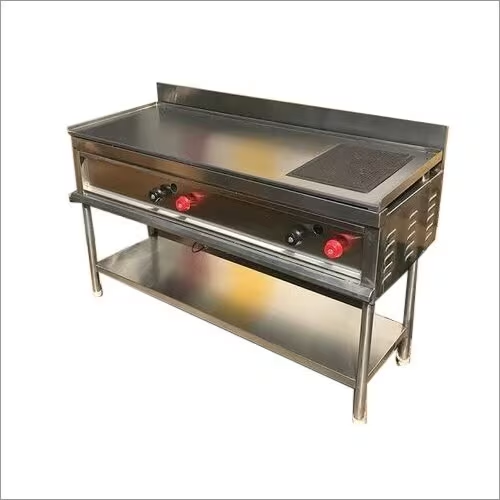
Chapati Plate & Puffer
-
Color Silver
-
Condition new
-
Material Stainless Steel
Product Features
A Chapati Plate and Puffer, often found in commercial kitchens, especially in Indian restaurants or eateries specializing in flatbreads like chapati, roti, naan, or paratha, consists of two essential components designed for specific cooking tasks:
